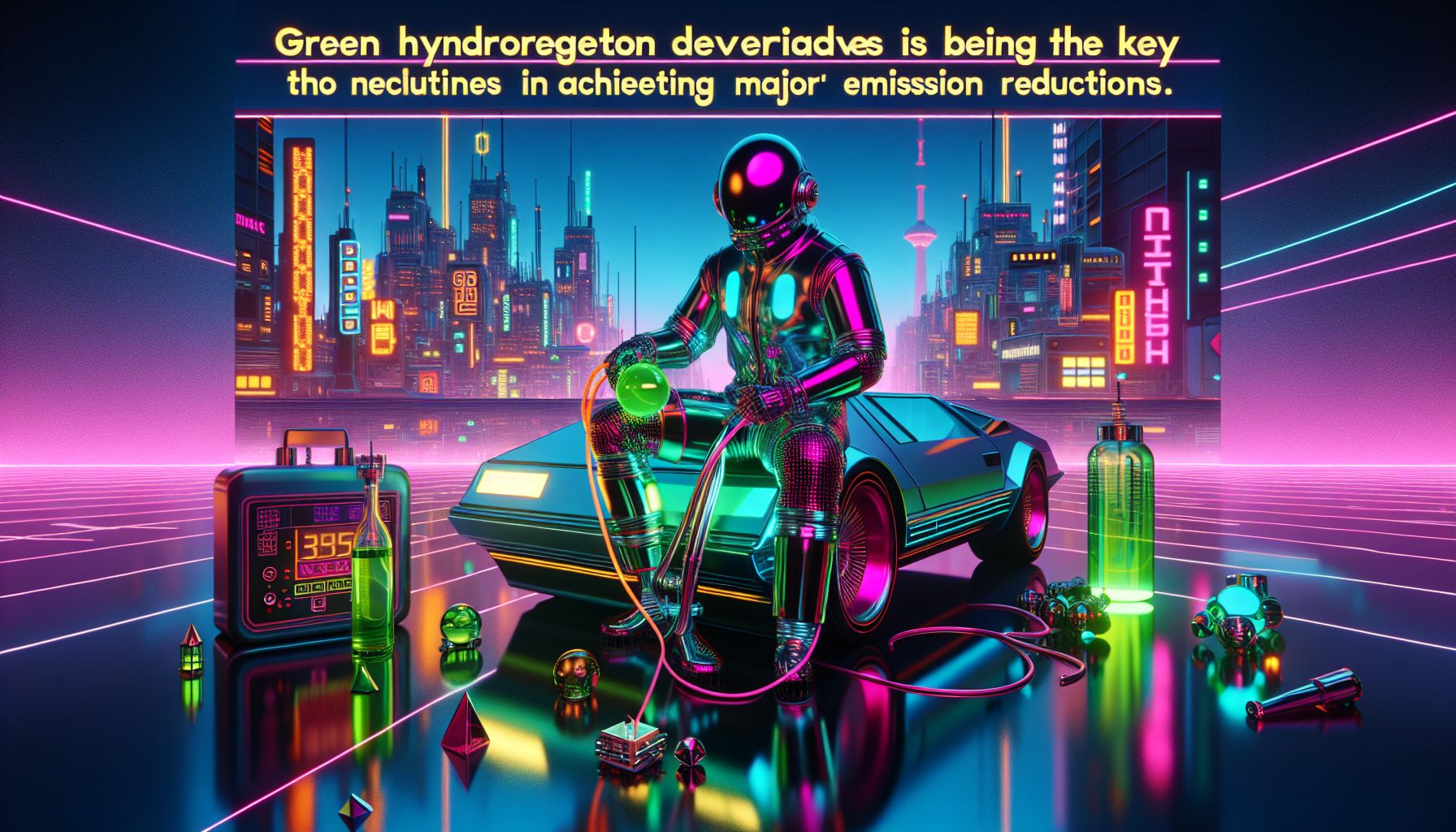Green Hydrogen Derivatives: The Key to Major Emission Reductions

Copenhagen, Wednesday, 9 July 2025.
Green hydrogen derivatives, like ammonia and methanol, play a crucial role in cutting emissions in industries hard to decarbonise. Their success is essential for achieving global climate targets.
Harnessing Derivatives for Hard-to-Decarbonise Sectors
Green hydrogen derivatives, particularly ammonia and methanol, are taking the spotlight for reducing emissions in challenging industries [1]. Direct hydrogen application isn’t always feasible, and that’s where these derivatives swoop in like superheroes with capes lined with environmental benefits [GPT]. For example, green ammonia, created by pairing hydrogen with nitrogen, serves as a pivotal fuel in the maritime industry and doesn’t shy away from agricultural duties as a fertiliser [1]. Meanwhile, methanol, formed from hydrogen and captured carbon dioxide, offers storage advantages and is a key player in producing sustainable aviation fuels, marching boldly into the future of clean transportation [1].
Decarbonising with a Splash of Innovation
Traditionally used hydrogen production techniques like Fischer-Tropsch and Haber-Bosch have been given a modern twist to accommodate green hydrogen, aligning them with our carbon-neutral aspirations [1]. Looking at recent industry developments, efforts are underway to bring decoupled water electrolysis to an industrial scale, a method posited to outshine conventional electrolysis due to its capacity for producing green hydrogen with a low carbon footprint [2]. As nations like Denmark strategise to supply biogenic CO₂ for green fuel production, regulatory changes across the European landscape are poised to turbocharge this transition, signifying the golden era of green hydrogen derivatives [1].
What the Future Holds
The trajectories of projects in places such as China, where enormous renewable ammonia capacity is scheduled to come online by September, underscore a global pivot towards green derivatives [3]. By marrying renewable energy with hydrogen, and processes like carbon capture and utilisation, these innovations offer a promising vista over emissions-heavy seas [1]. The coming years are expected to see these efforts scaling up, further integrating green hydrogen into diverse sectors from shipping to aviation, pinning green hydrogen derivatives as the keystones in our decarbonisation puzzle [2][3].